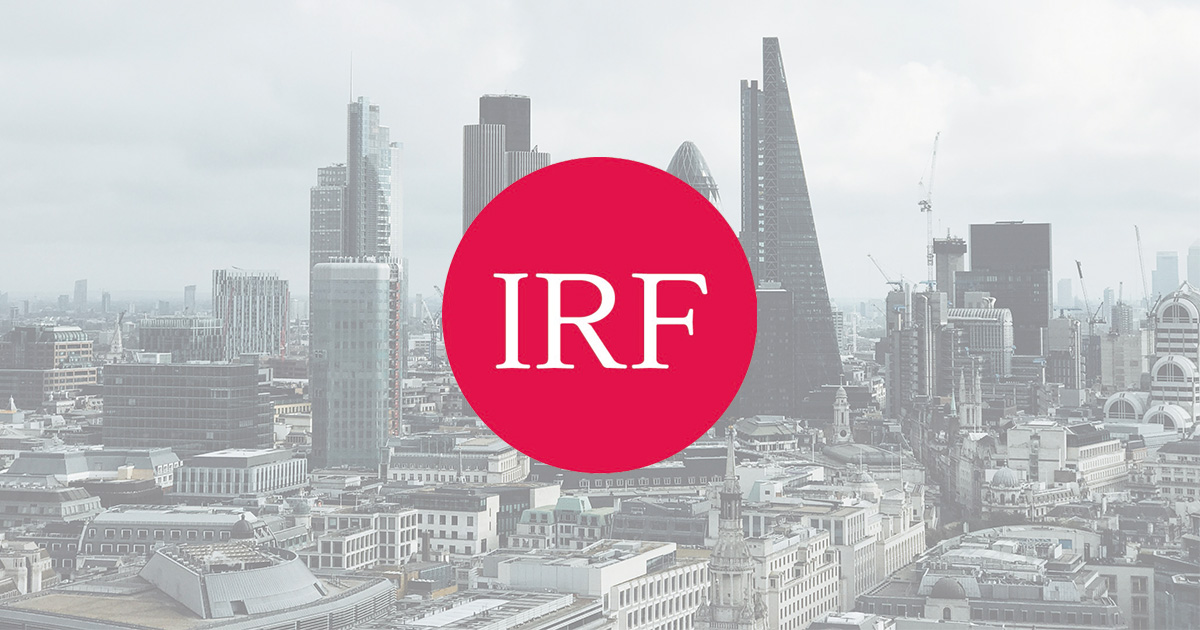Liquidity Liquidity Liquidity
PPG Macro
Wed 23 Feb 2022 - 14:00
Summary
Patrick outlined the relationship between the balance sheet and reserves, which is essentially one of functionality. Of more significance is that between reserves and currency in circulation. Reserve balance with Federal Reserve banks is Down $476bn, 11%, to March 2021 levels despite Fed assets growing by over $150bn. Debt has also risen, Federal +$5.7t. Business +$1.9t. Household +$1.5t, it’s worth noting how close the relationship between supposed ‘excess liquidity’ reserves ‘coincides’ with margin debt and where margin debt goes, so do equities. The 30-year mortgage rate is now back at levels that caused housing activity to slow markedly in 2018. This is not a surprise; MBS are the foundation of US credit markets. Patrick highlighted at the beginning of this year the risk to MBS and mortgages from balance sheet reduction and spreads have blown out since. Worse still, for all the talk of an inventory shortage, a record number of homes are under construction. The combination of a rapid series of interest rate hikes and the evaporation of underlying base liquidity is challenging enough. However, in contrast to 2017-18 there is the additional headwind of fiscal contraction. Patrick noted the divergence in the US & China CPI saying it’s unsustainable. Chinese producer prices at +9.1% surprised to the downside. They have fallen sharply from their October high of 13.5%. The YoY rate is set to accelerate to the downside as base effects fall out sharply from April. The price element of the official manufacturing PMI has also indicated softening. Faltering demand is another downside force. It looks increasingly unsustainable as real incomes are pressured, not only in the US, but globally. Durable goods inventories have recovered to reach a record high. Moreover, the ratio of sales to inventories has turned sharply and is back to October 2018 levels. Expect it to worsen significantly, adding weight to the idea that inflation is peaking. Consumer confidence points to a recession. The benchmark 2s10s spread 1-year forward is close to zero. The USD IRS curve is negative at -3bp. In the past four tightening cycles the curve was only this flat close to the end of rate hikes with easing happening within a year. The move is unprecedented and explains why the curve has caused so much pain. But the economic message it is projecting is also painful. Forward steepeners are on the radar. However, fading liquidity suggests that the pressure on yield curves will remain for some time.
Topics
Are markets expecting too much when it comes to interest rates?
Inflation has peaked, the direction of travel is clear
The demand and income shock
Why the Federal Reserve is wrong again
It's reserves NOT the balance sheet that's most important
Mortgages & Credit
Bullard ignores his previous measures
